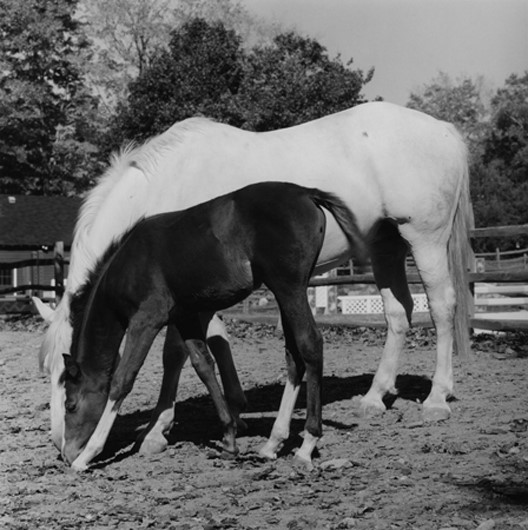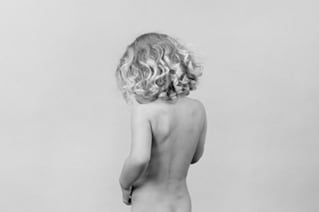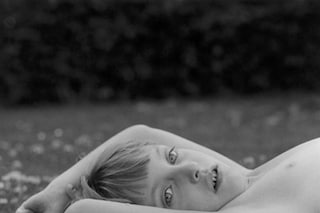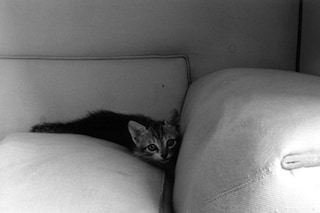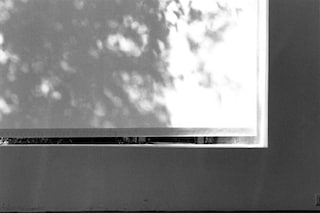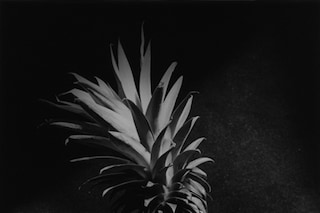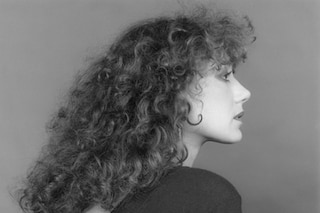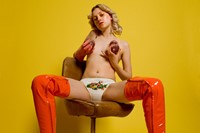Gallery owner Thaddaeus Ropac on giving the filmmaker free reins to show her perspective on the legendary photographer
Following collaborations with Hedi Slimane and Robert Wilson, gallery owner and curator Thaddaeus Ropac has invited filmmaker Sofia Coppola to be the latest creative visionary to interpret the work of Robert Mapplethorpe. Through this collaboration, a unique re-examining of Mapplethorpe’s photography will bring to light new themes and exciting, undiscovered perspectives. Ropac was one of the first curators to exhibit Mapplethorpe’s underground and controversial photography in the early 1980s and formed a friendship with the cult photographer.
Now the gallery owner, who also helped start the careers of other experimental New York artists such as Jean-Michel Basquiat and Keith Haring, is handing over the reins to other artists to present their take on one of the 20th Century’s most iconic artists. The latest in the series of Mapplethorpe takeovers sees the award winning director Sofia Coppola take the helm and present her own perspective, bringing to light some lesser-known images such as his landscape and still life photos. Each artist’s response to Mapplethorpe’s work has brought a fresh new dimension to the artist’s life and photography. We spoke to Thaddaeus Ropac about his latest guest curation and what Mapplethorpe’s legacy means to him.
Dazed Digital: What made you first visit the idea of having one contemporary artist rediscover the body of work of another artist?
Thaddaeus Ropac: Together with the Mapplethorpe Foundation, we decided that one way to look at his work was to ask different personalities from the creative world to curate an exhibition. In 2005, we asked Hedi Slimane to curate a show in our Paris gallery. His own passion for photography brought him close to Mapplethorpe’s aesthetics, allowing him to revisit the work in an intimate manner. In 2006, we asked Robert Wilson to curate an exhibition for the Salzburg gallery; Bob had known Mapplethorpe and shared a close friendship and artistic dialogue. Bob’s show originated from his very unique experience of being photographed by Mapplethorpe, which influenced his selection as it was comprised solely of portraits, offering the viewpoint of someone on the other side of the lens.
DD: What made you choose Sofia Coppola to curate your upcoming exhibition?
Thaddaeus Ropac: When I saw Sofia Coppola’s Lost in Translation, certain images and framing made me think that it could be incredible to bring these two creative universes together.
DD: What aspect of Mapplethorpe’s work is highlighted in this exhibition?
Thaddaeus Ropac: Sofia made her selection of photographs from the Mapplethorpe archives at the Foundation in New York. She has chosen a totally different perspective, one that is probably more contemplative and not so straight on, somehow more intuitive. In fact, the idea of these curated shows is to present Mapplethorpe’s work in a less academic light. She will include many of his still-life flower photographs, but has also selected some lesser-known portraits of children and animals. These will be punctuated by photographs of landscapes, which may recall scenes from a film.
DD: So Sofia brings a cinematic quality to Mapplethorpe’s body of work?
Thaddaeus Ropac: The audience may well read into the selection by seeing a sort of story board develop before them; the work has a narrative quality to it that Sofia emphasizes with her choice of images.
DD: The images chosen are black and white, still lifes, landscapes, and of women, not what Mapplethorpe is most famed for; do you think presenting this side of Mapplethorpe’s work is Coppola’s attempt to show a different side of Mapplethorpe, to mark her own stance on the artist, or simply her own personal vision coming through?
Thaddaeus Ropac: Mapplethorpe’s work implies a certain sexual aesthetic that Sofia Coppola has chosen not to present in this show, so she will definitely show a different side to the artist’s work through her selection, which will go beyond the obvious.
Do you think the images will evoke more of Coppola or Mapplethorpe’s characters?
Thaddaeus Ropac: I believe both personalities will be present in the exhibition. Of course, the selection is very personal and will reveal Sofia's personality through her aesthetic choices.
DD: How do you think the two artists’ work relate to one another?
Thaddaeus Ropac: There is not an obvious relationship between their work, but this is exactly what we are interested in because we believe something more challenging can come out of this project.
DD: It’s a brilliant way to get a fresh perspective on such a well-known artist; are you hoping to change people’s perception of Mapplethorpe’s legacy?
Thaddaeus Ropac: Of course, we expect this. It is a challenge and from the experience of previous shows, curated by Hedi Slimane and Robert Wilson, we can confirm that they were highly successful, surprising the public and even specialized art audiences who know Mapplethorpe’s work very well. We are already getting a lot of good reactions from people, even before the opening!
DD: How do you feel about Mapplethorpe’s legacy nearly 30 years after you first showcased his work?
Thaddaeus Ropac: I was very proud to show his work in Salzburg in the 80s. Mapplethorpe’s career underwent an incredible transformation from the Robert Mapplethorpe I met back then, whose work was very underground, to his first photographs being purchased by an important museum as the Guggenheim, to being considered an artist who largely contributed to positioning photography as an art form in its own right and, ultimately, to becoming one of the major artists of the 20th century.
Robert Mapplethorpe, Curated by Sofia Coppola, Galerie Thaddaeus Ropac, Paris, November 25, 2011 – January 7, 2012
